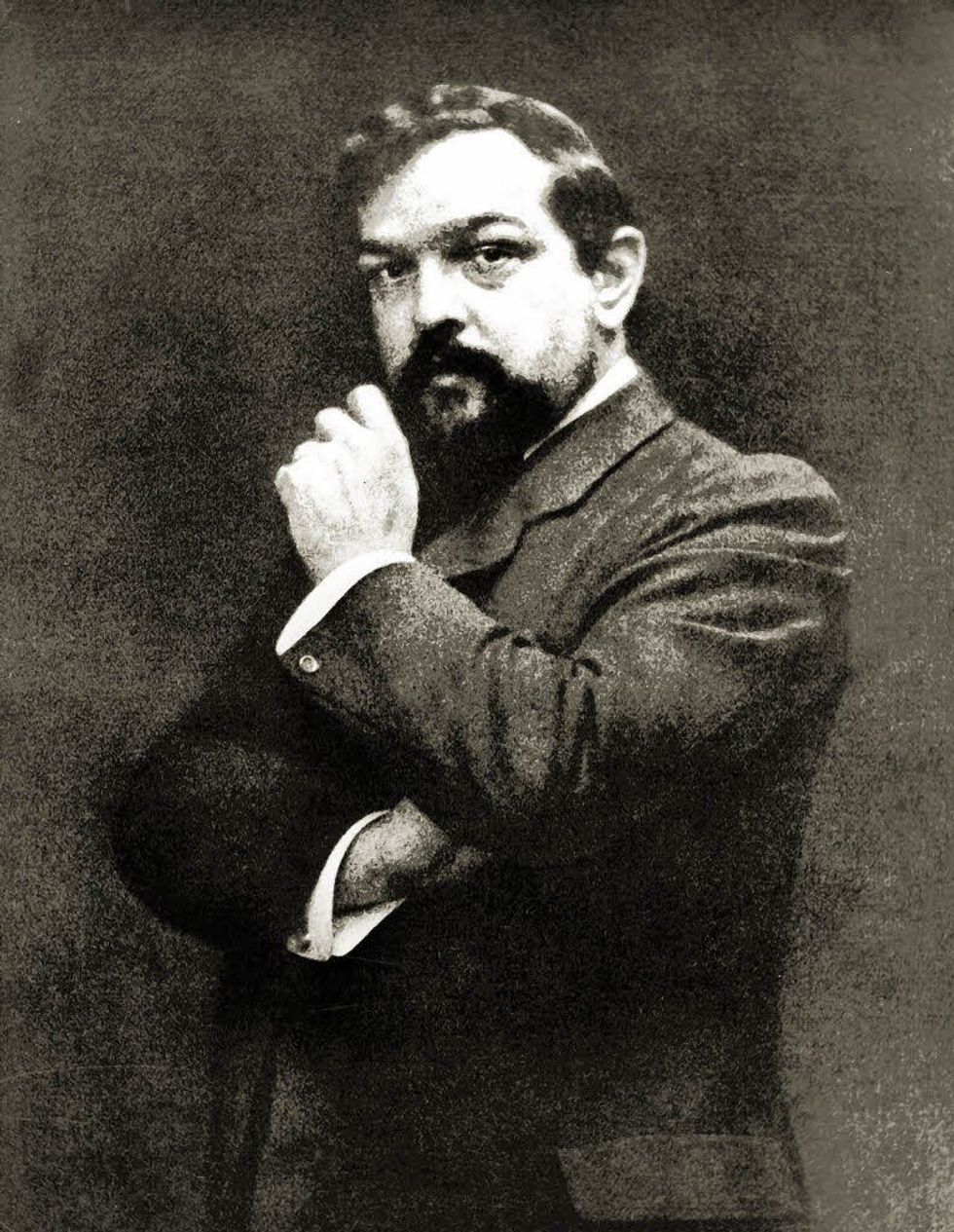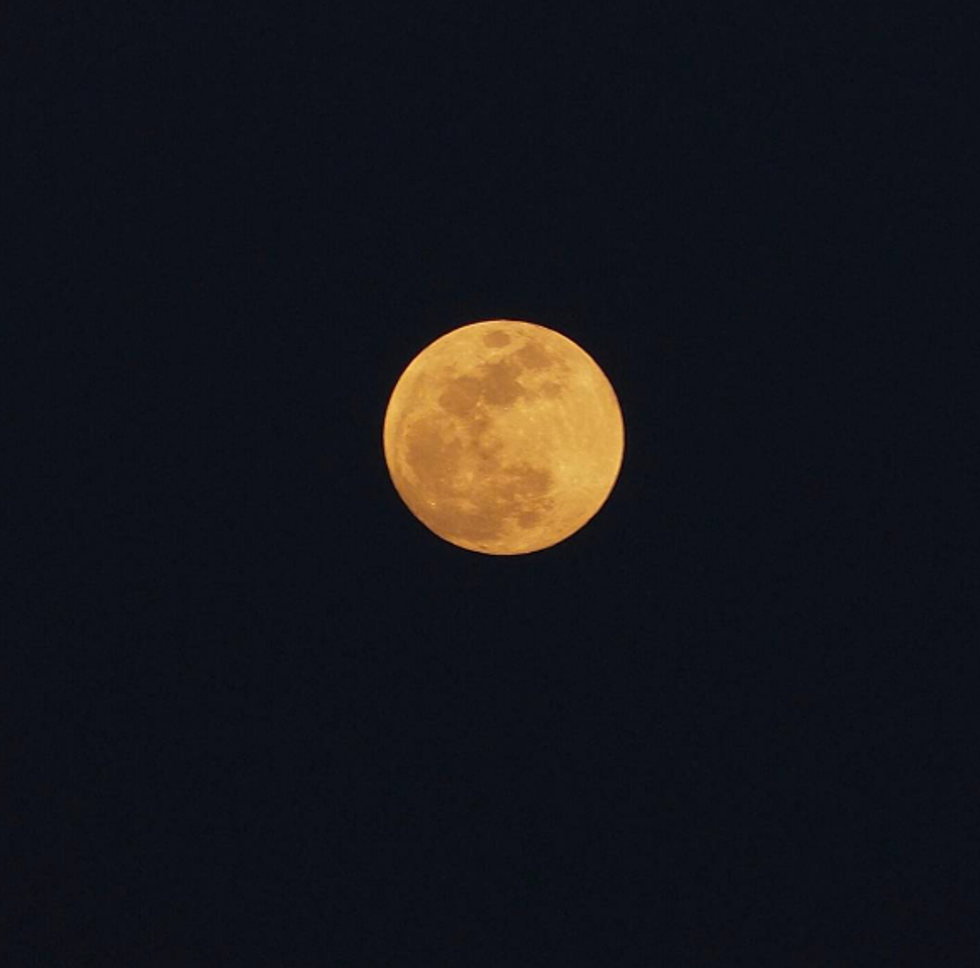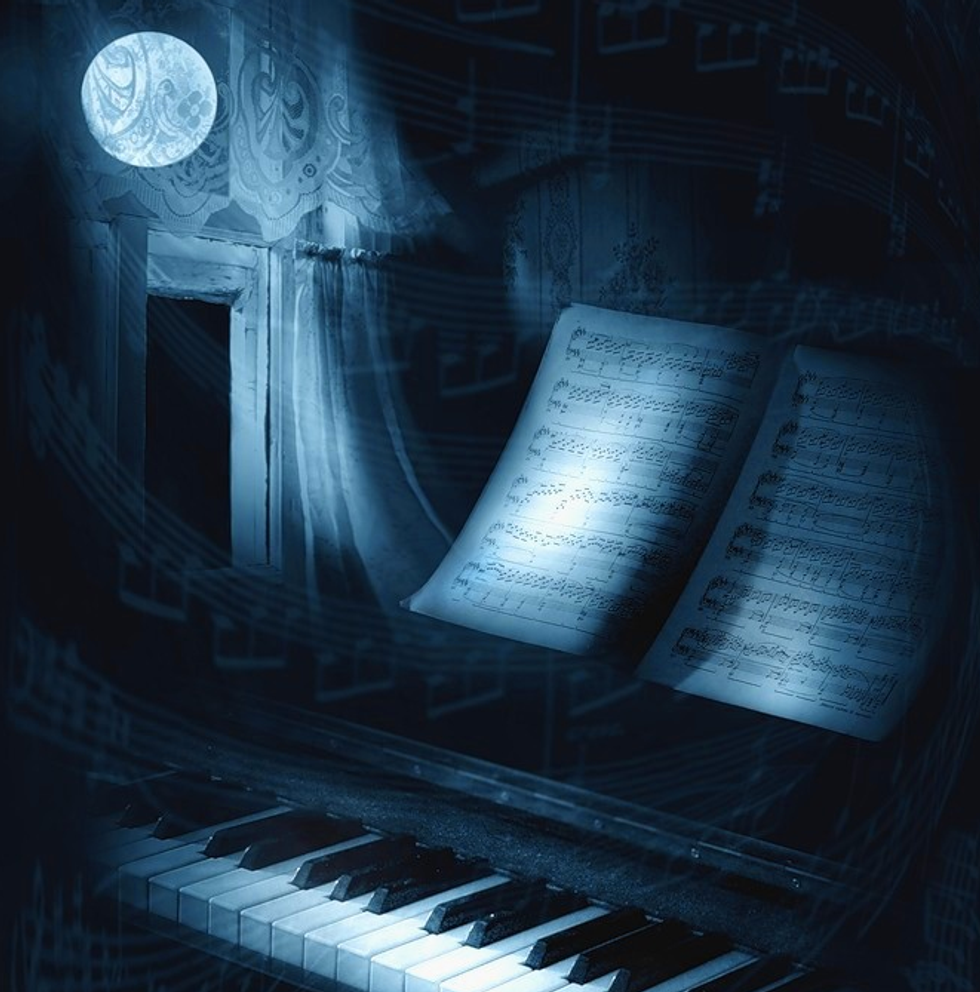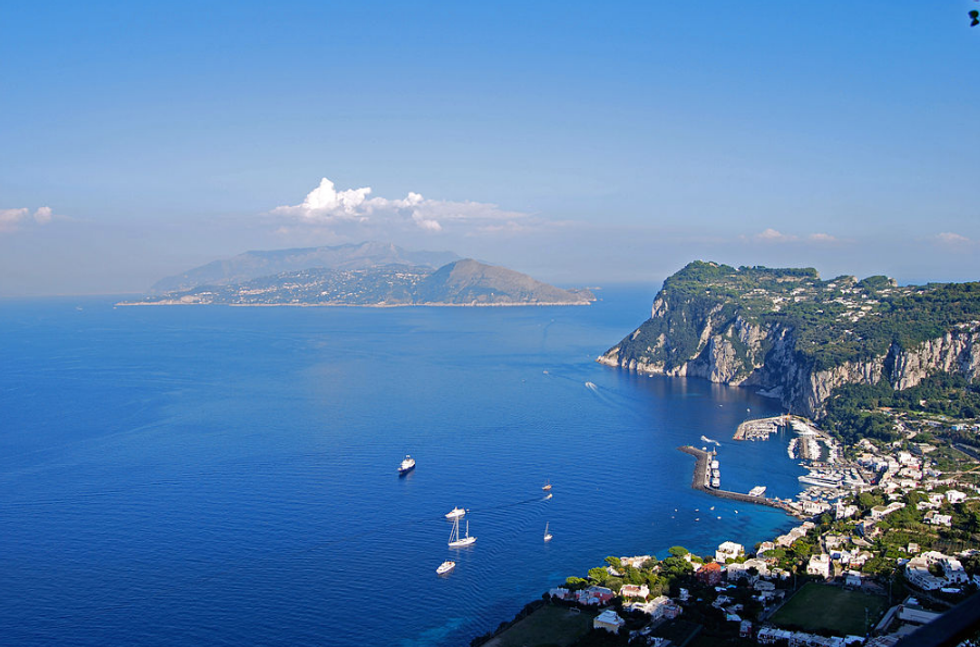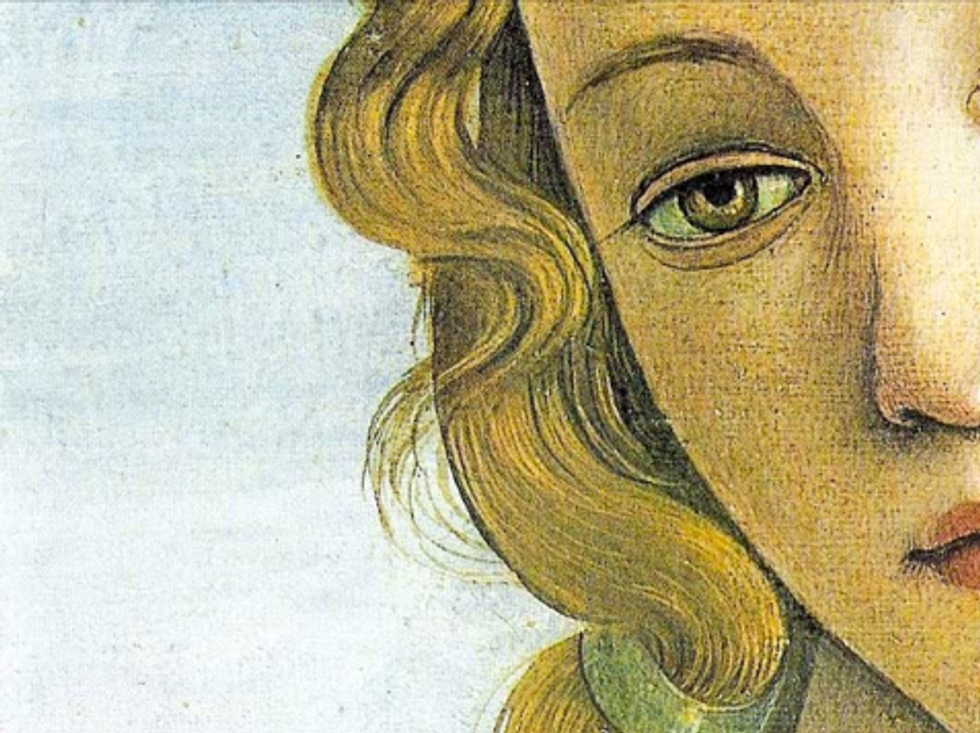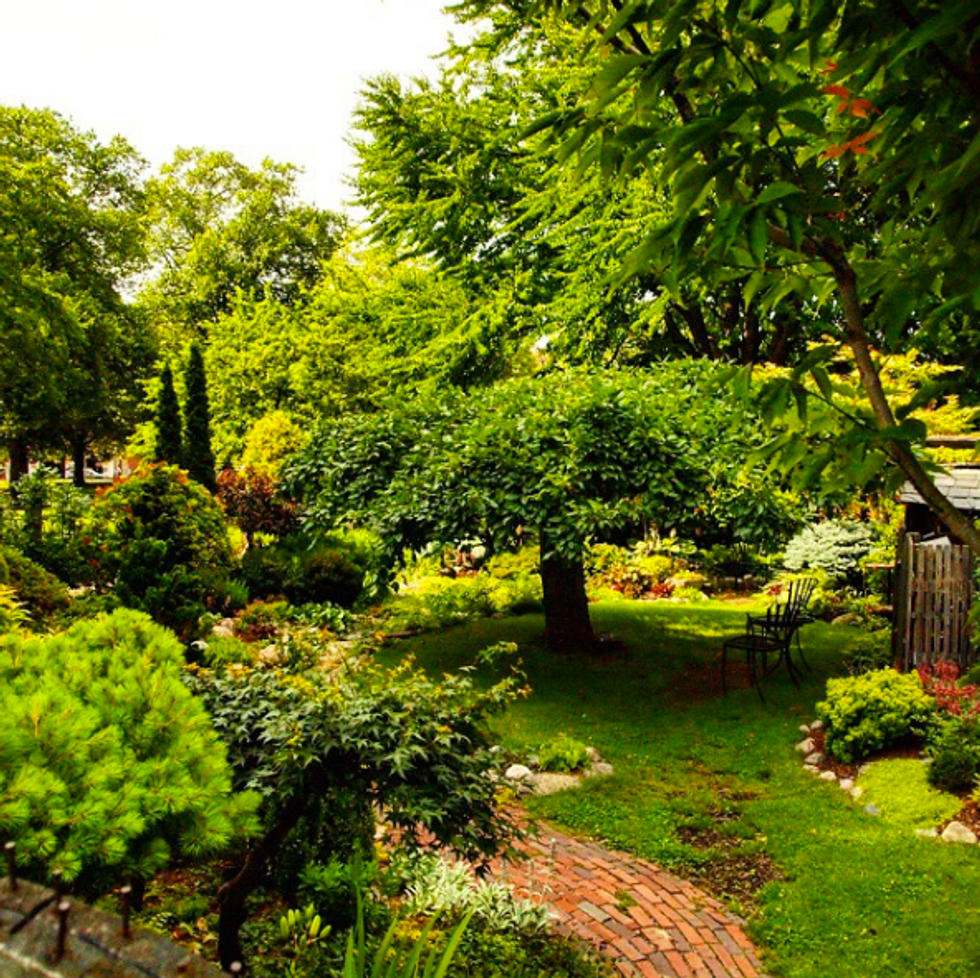Claude Debussy, the definition of man, myth, and legend. This great French composer was part of a movement (the impressionists) that both he and his contemporaries didn't like the name of. Their music was more than that. It was a shift in classical and contemporary composition; not of the visual sense, as the impressionist movement was coined to, but of sonic exploration. Harmony, and melody, had finally reached a new frontier. The jazz and 20th century composers from all over the world would build off of the this new step in music. Most of you may not know his music straight off the bat, but if you have watched any movies from the last 100 years, especially Disney ones cough cough, you have heard his music somewhere in there. Besides the sometimes cliché placement of his amazing work, this music is not a cliché. This music is a doorway into a timelessness.
1. Claire de Lune. I know this one is the most played and most cliché but I do not care! If I ever get the chance to go to space, this will be what I have playing as I watch the Earth. Everything about this piece has an air of magic to it. It is one of those that one does not forget easily and pretty much sums of the progression of contemporary composition from that short place in time. My favorite section is when the arpeggiating piano comes, washing over everything like moon beams on a clear night. The counter melody soaring yet riding with the twinkle of the keys to mimic the love of a summer's eve.
2. The first song to the Suite Bergamasque, Prélude is a close second to the fourth movement, Claire de Lune. This piece hold a more traditional style to it in its form. I love the way each section contrasts and compliments the one before it. This introduction tot he other pieces of the suite barely scrape the surface of the wonder in store. This piece showcases the essence of dynamics in the work of Debussy. Looking past beauty scripted melodies and counterpoint, the dynamic range in his works are outstanding. Listening only to the subtle volume changes present in this piece you will be amazed how subtleness creates grandiose.
3. La Mer- De l'aube à midi sur la mer - This three part symphonic set of sketches may be one of the greatest "short" multipart orchestral pieces ever composed. When listening to this, one is there along the coast. The waters are loud and salt air fresh. The instrumentation reminds me of an epic film score form the golden era of film. It is no doubt that the great film composers of yesterday looked to many of the impressionist writers. The building of phrases in this piece is something that takes multiple listenings to analyze.
The listener is never dulled but always engaged actively by the music. In every aspect, the sea and all it stands fro is personified in beauty, greatness, and wonder. The chords in this piece as well as their progression and shifting tonal centers is something that would take foot more and more in the emerging contemporary music of the day. I won't spoil my absolutely favorite part of this piece because if you listen the whole thing, you will certainly know.
4. From his book of Préludes for piano, There are so many countless favorites in there. Each one of those pieces should be in this list. I will pick a few. The first of those is Les collines d'Anacapri. This song is really cool for a multiple or reasons. To someone who has never heard it, I would imagine it would sound like virtuosic piano classical piano with some jazz harmony thrown in or something. For me, this piece's rapid lyrical melody and tonality brings me to this beautiful Mediterranean land. So much of this song personifies the music of Italian composer's and paints the picture of a care-free seaside with mountains and wine.
5. La Fille Aux Cheveux De Lin - Another masterpiece from this piano preludes book. A song of love for sure. I Simply adore everything about the setting this creates. I can imagine myself sitting outside on pleasantly mild day, and there across the way an innocent girl playing in the spring breezes. The mixture of diatonic and modal harmony puts us in a setting other than France. There are no doubt, worldly hints of Grieg in this piece as well as the the previous one.
6. Rêverie- In english this translates to daydream and if such a concept could be captured sonically, Claude has managed that. The way the melody builds though the modulating harmony is in essence the way ones thoughts build and wander when stuck daydreaming. The dreams become optimistic and hopeful and then just like seeds in the wind are whisked away and a new thought develops. This in turn develops another and the thoughts run and scamper like children playing about the grass. The repetition in the melody and rhythm works to the advantage of this piece and I can guarantee you will be singing it in your head all day.
7. Deux Arabesques (No. 1) - Starting and ending with both standard Debussy pieces? I don't care. I would never tire of hearing either tune. There is a reason why I feel these piece are timeless. They will be remembered with the other greats for many years to come. The first movement of Deux Arabesques is an incredible showcase of story telling on the piano. The second movement is equal in full regard as well. To be honest one should play both, bot just one or the other.
Focusing however, on the first, the juxtaposition of melody and harmony seem to meld into one. Debussy marries them as one quite seamlessly so that one does not always notice the counterpoint and contrast going on. As with previous pieces, the nuances of very precise articulations sculpt and contour the melody into something like a movie. Great music should paint a picture in the same way a great picture sings to the audience. If you find a Debussy piece that does not adhere to this, I will be shocked.



